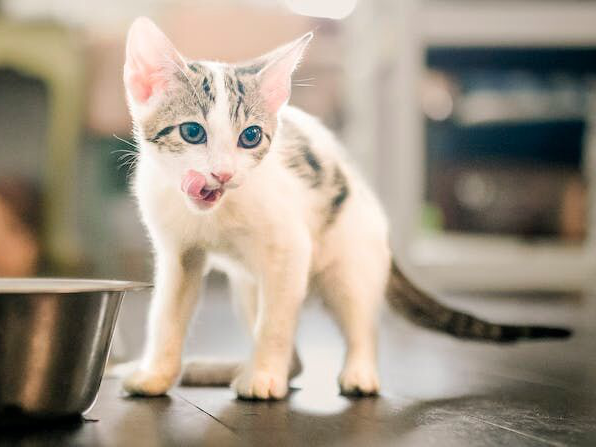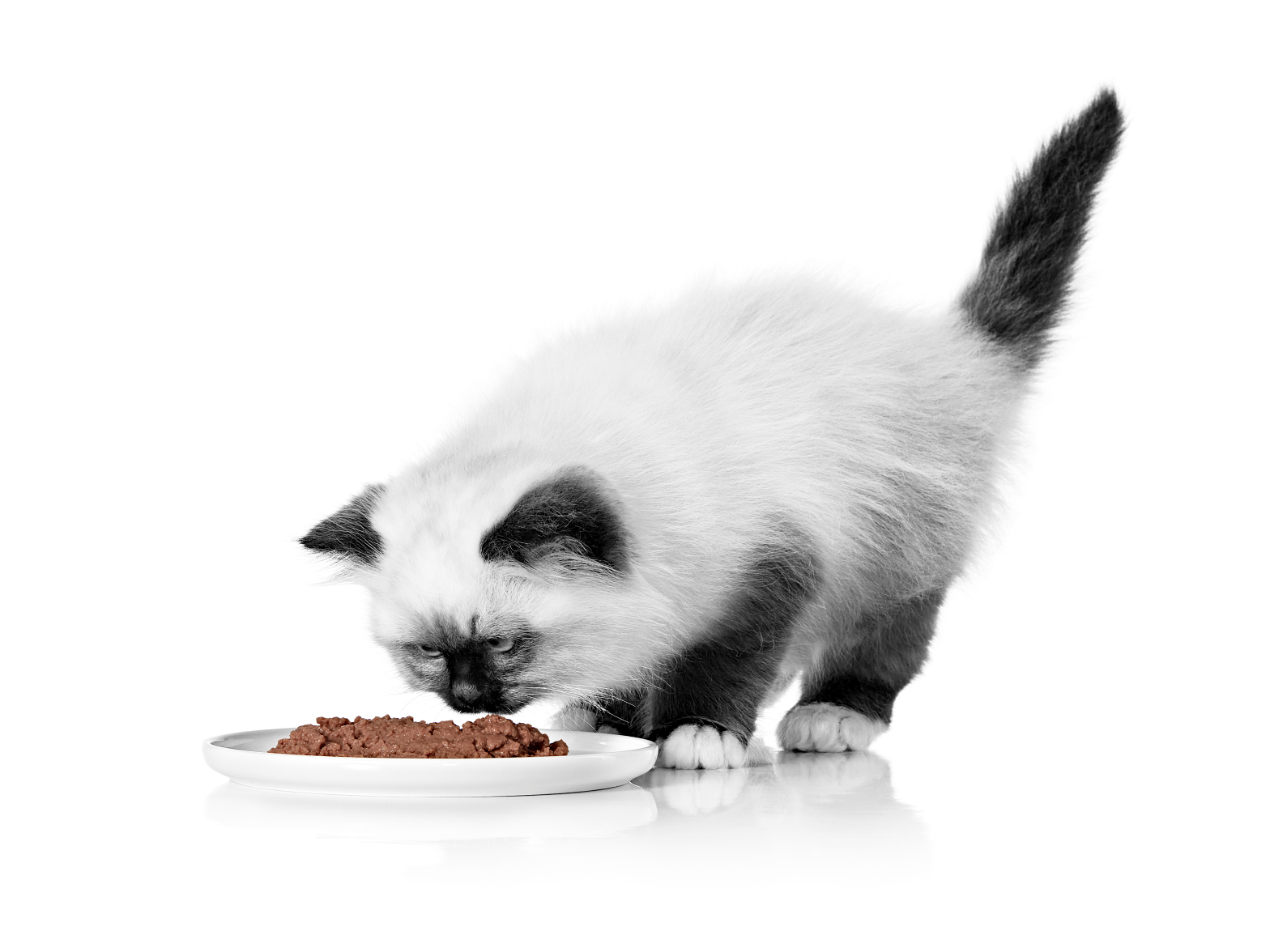
Kitten feeding and nutrition guide
The first few months of your kitten’s life will consist of rapid growth, discoveries, and various developments. Therefore, knowing what to feed your kitten from the beginning is vital to supporting healthy growth. As their bones grow and their brain matures, they will require energy, protein, and other nutrients. Choosing a diet that provides the right balance will set your kitten up for a long and healthy life.
How kitten feeding differs to adults
Kittens' nutritional needs are very different from those of adult cats. Their food should contain more energy and protein than adult cat food to support bone and muscle growth. As they explore, play, and grow, kittens need food adapted to their size while providing the right balance of nutrients to support their development.
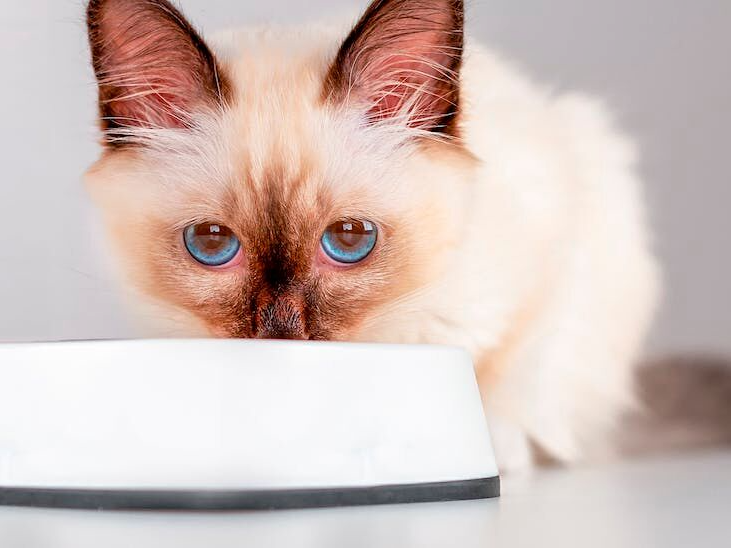
The importance of diet
Your kitten’s food must be up to the task of supporting their development as they go through intense periods of growth. It should be easy on the digestive system and suited to their mouth and teeth. Kittens require a diet high in protein to support the growth of their skeleton and muscle.
Feeding kittens wet versus dry food
Feeding your cat wet food rather than dry food has its benefits, as it not only contributes to their water intake but also has a stronger aroma that may tempt them if they are a fussy eater. This is due to a cat’s sense of smell being more sensitive than their taste. On the other hand, dry food is better suited for grazers, as it stays fresher in their bowl for longer.
However, we encourage pet owners to mix-feed by incorporating both wet and dry food into their kitten’s diet.
Managing the transition
Either way, you should gradually introduce changes to your cat’s diet to prevent stomach upset. Cats can be sensitive to changes in their diet, and a slow transition (done over 7 days) will help avoid any issues.
Kittens normally drink their mother’s milk in their first weeks of life, so a replacement milk specially formulated for kittens can play an important nutritional role if the mother’s milk isn’t possible.
However, kittens should not be given cow’s or goat’s milk (neither should adult cats) as this can be difficult for them to digest properly, which can cause diarrhea.
Kittens and cats are sensitive to change in their diet and require a slow transition to avoid any problems.
The science behind ROYAL CANINⓇ kitten nutrition
We specialize in health through nutrition, tailored to meet the unique needs of every kitten. For us, feeding your kitten isn’t just about building their body and providing energy—it’s about supporting them, too. We provide an optimal balance of nutrients to support defense against disease as well as for energy, cell growth, and maintenance.
Create the right feeding environment for your kitten
When feeding your kitten, it is essential to create the perfect environment that will make them excited for mealtimes. Here are some environmental tips to consider:
• Quiet and calm - Creating an environment without distractions will allow your kitten to focus solely on their food.
•Separate areas - Make sure to spread out your kitten’s food bowl away from their water bowl and litter box to avoid any contamination.
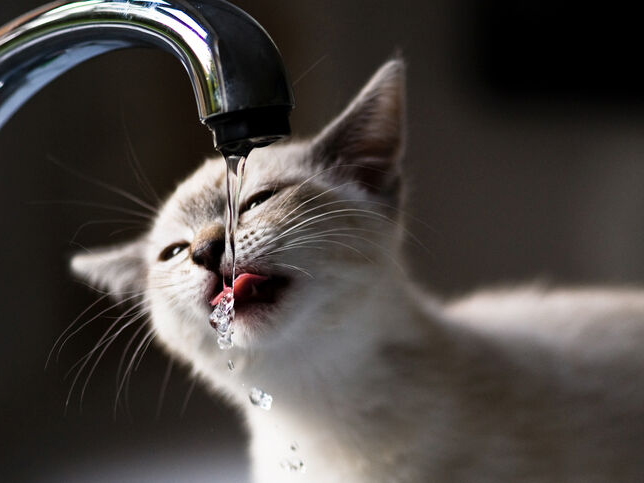
How much should your kitten drink?
When it comes to giving your kitten water, it is essential to ensure that fresh, clean water is available in several quiet areas around your home and to wash the bowls regularly to prevent bacteria and odor issues. Also, it is advised that your kitten should drink 2 oz. of water per kg of weight, but this can vary depending on temperature, activity levels, and the health of your kitten.
The food your kitten eats provides the foundation for healthy growth, which is why getting it right from the start is so important. Once you’re confident that your kitten is eating the right food with the right nutrients for their breed and stage of development, you’ll be able to relax and enjoy this exciting stage of your pet’s life.
Related articles
What does healthy development look like?
For all kittens, the pace of growth is intense in the first months of life, but that growth differs from one breed to another. Most cats will reach adulthood between 12 and 15 months of age. But the tiny Singapura (the smallest recognized breed of cat) won’t have the same nutritional requirements at the same stage as their more imposing Maine Coon or Persian cousins. It’s important to consult a chart that gives kitten feeding guidance by age and breed and it’s a good idea to speak to your vet for advice tailored to your cat. That way you can be sure your kitten’s food is giving them the right support for their rapid development.
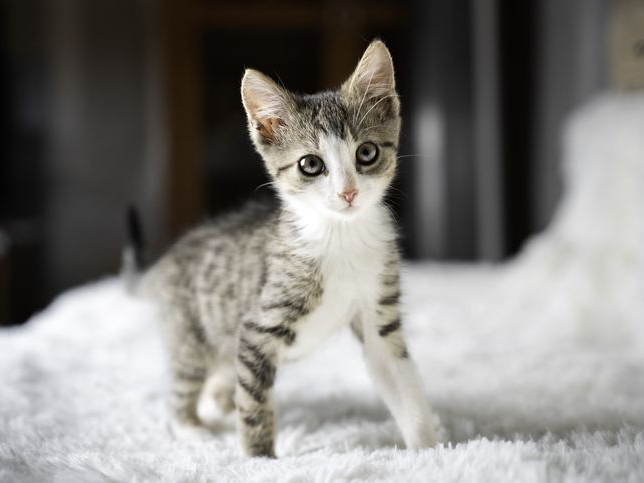
Birth to 4 months
At this early age, your kitten is growing at a lightning-fast pace. A week-old kitten has only just opened their eyes. Fueled by their mother’s colostrum, which builds their immunity, and then by milk, they gain around 0.3-1 oz of weight per day. Fast forward to a month old and that tiny bundle has already transformed into an inquisitive and playful, though still small, explorer. They’ll be ready to start weaning—a vital process as the kitten transitions from complete dependence on their mother for their nutritional needs, to independence. The weaning process is usually completed at around two months. Their first food needs to be soft, to ease the transition from milk to solid food, and full of the antioxidants they need to build their immunity, as well as amino acids to aid muscle and cell growth.
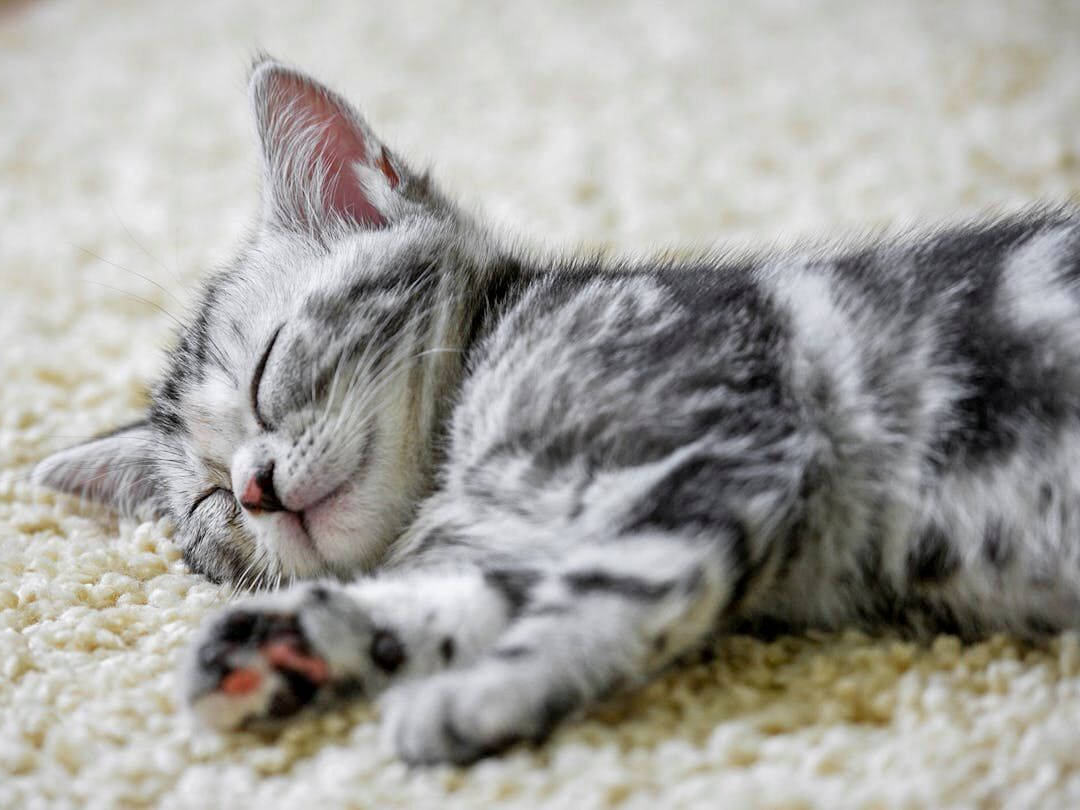
4 to 12 months
Your kitten’s growth is continuing and they are developing strong muscles and bones. Growth is at its most intense at around four or five months, when your kitten could be gaining around 3.5oz a week. They need a more energy-dense food—a food that contains more calories per ounce—than adult cats. But at first, it must be one that little mouths can still manage while they’re waiting for their adult teeth to grow in. Keep a close eye on portion sizes to ensure your kitten does not put on too much weight during this growth phase. At this age, kittens are busy playing and also honing their social skills. During this period your cat will go through puberty and you may notice that they start to behave more like an adult cat. That could include sleeping for as much as 13 to 16 hours a day. After all, growing, developing and socializing is tiring work.

Adult cats
When your pet is around a year old, you’ll say goodbye to the kitten phase and settle into life with an adult cat. At one year, your pet’s adult teeth are in place, meaning they are ready for adult food. Ask your vet for help on managing that transition. Your cat’s food no longer needs to be as energy-dense, but they still need essential nutrients such as amino acids including taurine and vitamins A and D. You’ll need to decide whether to feed your cat wet or dry food (or both) and select the right one for them, taking into account their habits and activity level. Feeding your cat the correct quantities is important to prevent them from putting on excess weight.
It’s a good idea to know how much to feed your kitten before they arrive. How much they should eat will depend on your new pet’s breed, exact age, and stage of development. Once you’ve worked out how much they should eat, make sure you weigh their daily food ration. If you’re wondering how many times a day to feed your kitten … well, you may find that they decide for themselves. Cats are natural grazers and often capable of regulating their own intake through multiple tiny meals a day. While not true for all cats, if it applies to yours, leave out a bowl of suitable food (not surpassing their total daily food ration) and allow them to follow their instincts.
Around a month old, the vital weaning process begins for your kitten, and is usually completed around two months of age. Between four and 12 months, as your kitten’s body develops rapidly, their food needs to supply plenty of energy to support their growth. Once your kitten has reached adulthood, usually around a year (although it depends on their breed), the focus is no longer on rapid growth, but their food will still need to supply the nutrients they need to maintain their health, and should be tailored to their breed, lifestyle and stage of life.
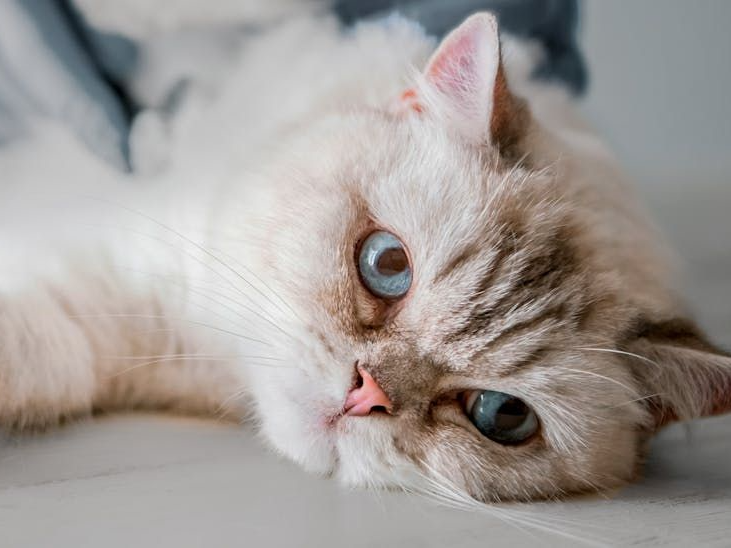
When to spay a female cat
